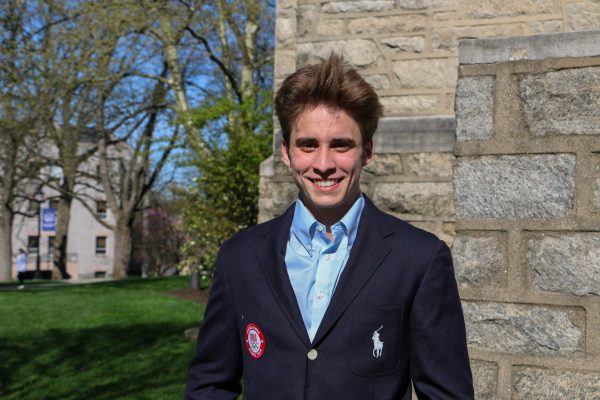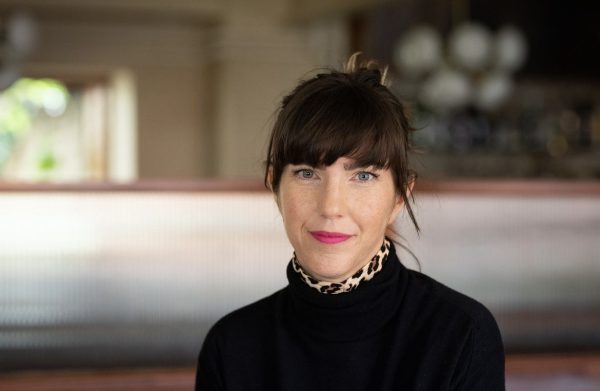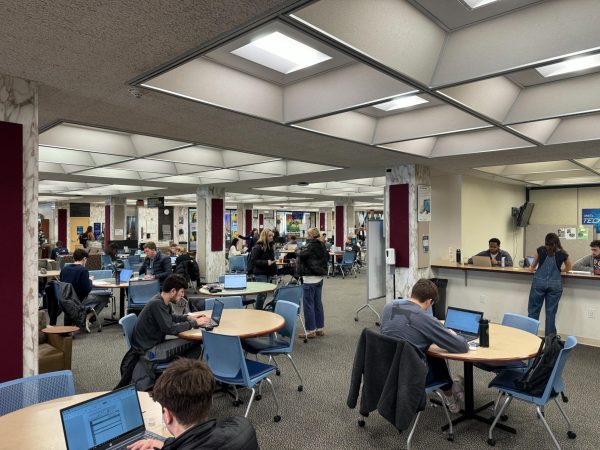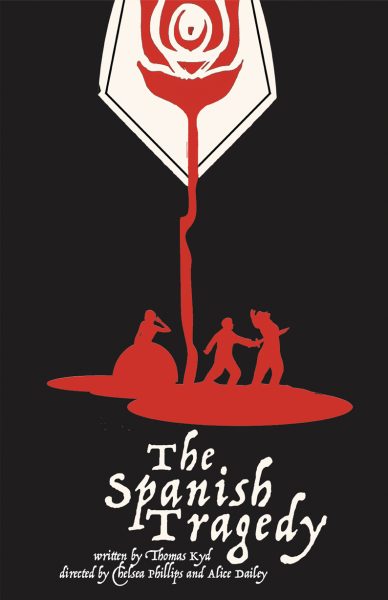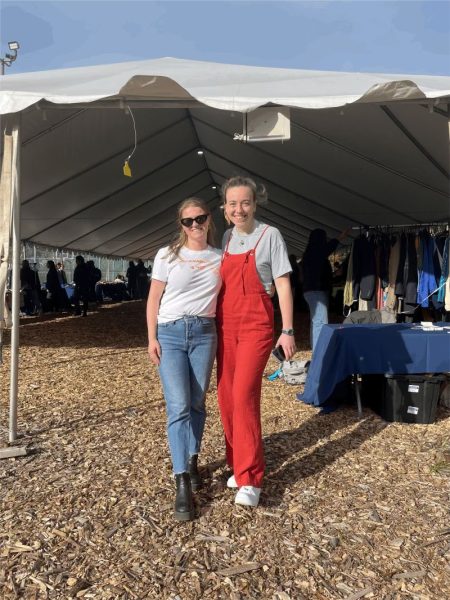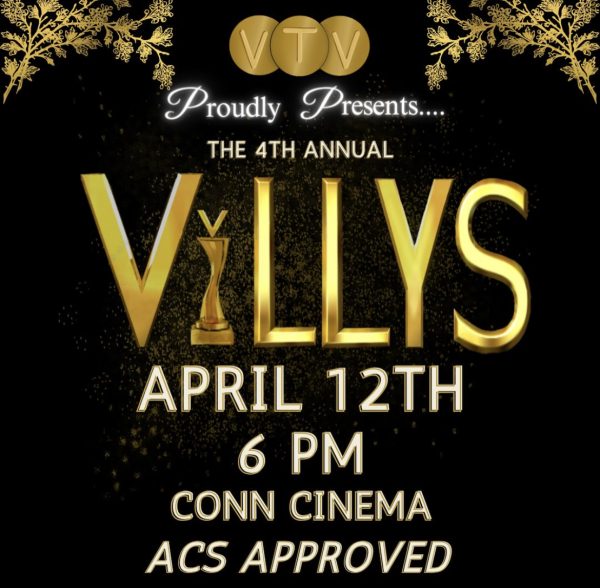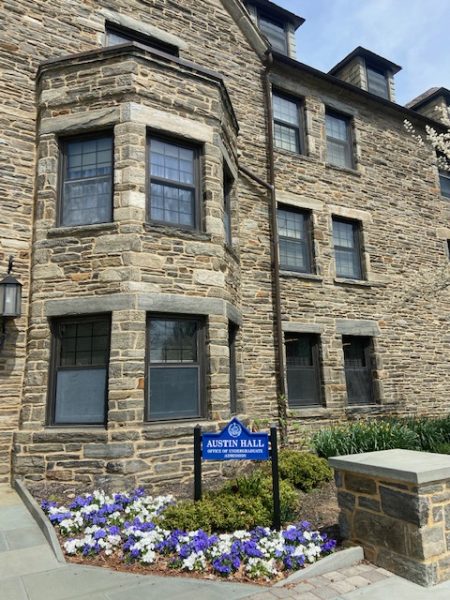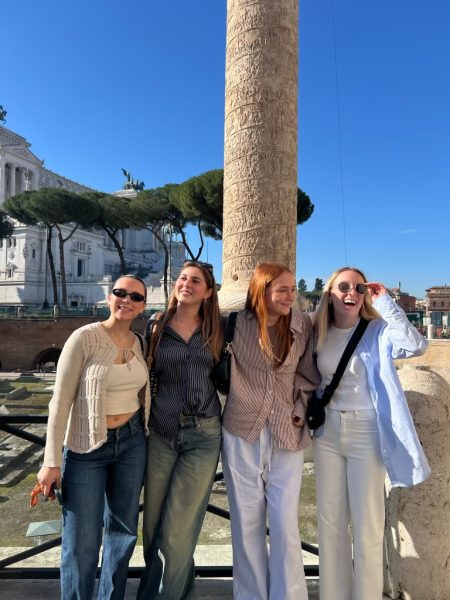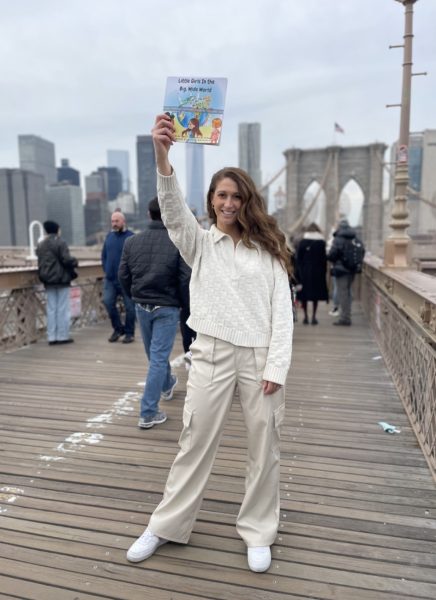Villanova’s Gay-Straight Coalition fosters unity
February 5, 2015
At first glance, the University might not seem like the ideal place for an organization like the Gay-Straight Coalition. It’s small, with only around 6,500 undergraduate students. It is religious, with prominent Augustinian and Catholic roots. And it is conservative, or at least more so than the average public university. But nevertheless, the GSC has been operating at the University with the help of Kathleen Byrnes, the Associate Vice President of Student Life, since 2003. The group has around 40 active members, more than 100 on its email list and hosts several prominent events each semester. These events range from the “That’s So Gay” student-led panel, where Villanovans discuss what it’s like to be openly gay on campus, to LGBT Awareness Week, where members raise awareness about homophobia and violence against those in the LGBT community.
All of these events and meetings help the GSC with one of its main goals: fostering an accepting environment for LGBT students and their allies. Students like Danny Shea, a leading member of the GSC, are thankful for that environment. “I feel very supported here and very comfortable about being out and openly gay,” Shea said. “A lot of that comes from being involved with the GSC.”
But even though Shea has found a supportive community at Villanova, he wasn’t always sure that would be the case. When asked if attending a more conservative, religious school worried him as an openly gay student, Shea replied, “It’s definitely a concern that I had. For me, and for a lot of other LGBT students here, it wasn’t big enough of a concern to deter me from coming.” Shea then mentioned that the GSC often receives emails from prospective students asking about the experience of being out on campus. While the University has fostered a mostly accepting environment, both Shea and Byrnes admit that it might be harder for students to be openly gay at this university than at other universities.
“It can be more difficult in a religious environment or a Catholic environment to come out or be out because you’re not sure what the reaction might be with some people,” Byrnes said. She, and other staff and faculty involved in the GSC, have made it their mission to let LGBT students on campus know they are not alone. In fact, the University now has a “Safe Space” program where any member of the University community can place the recognized symbol outside their door to let any student know that this person is committed to an environment free of discrimination and harassment. The program has over 350 campus volunteers and holds training sessions once a semester for new inductees. Byrnes acknowledged that ideally all of campus would be a safe space, but “people are not always their best.”
However, Byrnes is proud that the University community is widely supportive of the GSC’s mission. She receives occasional complaints from an internal staff member, but they are few and far between. More opposition comes from outside sources. Byrnes mentioned that a religious organization had contacted the GSC repeatedly, questioning why it existed on campus. Just this weekend an alumnus emailed her asking the same question. Shea also noted that more opposition came from those off campus. The GSC sets up a booth on Parent’s Weekend, and several times prospective students and parents will approach with ulterior motives.
“They’re not directly coming up to you and saying ‘how dare you be out on a Catholic Campus,’” Shea said, “but their disapproval and their discomfort are made known.” Luckily, these instances described by both Byrnes and Shea are relatively infrequent.
Instead of direct opposition, Shea identified something else as the main hindrance to the GSC’s mission. “A bigger problem that we face is people just thinking it’s not necessary. I think a lot of people take the attitude of ‘Oh that’s fine if you’re gay, but don’t shove it in my face.’” Another main goal of the GSC is to get students more involved in their operations. Because the University does not have an incredibly large LGBT population, the GSC is interested in alliances with students and organizations that fully support the cause and want to get more involved. “There’s a difference between being theoretically supportive,” Shea said, “and actually being vocally supportive of efforts to include LGBT students on campus.”
Along those lines, Shea said that another main problem with growing the GSC is a common University stereotype: “At all times there is an assumption that everyone you’re interacting with is straight, that everyone in the room is straight,” Shea said. He remembers a time when a female professor asked him a hypothetical question about his girlfriend during class under the presumption that everyone in her classroom was heterosexual.
Byrnes also mentioned that sometimes Villanovans forget to question if someone might be of a different sexuality and what difficulties that might cause. “People don’t stop to think what it might feel like if you weren’t sure you could talk about the date you went on Friday night because you weren’t sure how people would respond,” Byrnes said.
That’s where the GSC comes in. The group seeks to create a community on campus where LGBT students and their allies feel loved and supported. They strive to combat homophobia and homophobic language like “that’s so gay” and “faggot,” which are unfortunately still used.
They aim to raise awareness about the LGBT community on campus and challenge those assumptions that are often made by well-meaning people.
“When people assume that everyone is straight and then you’re not straight, it really can be very isolating,” Byrnes said. “And that’s why we need to exist.”


